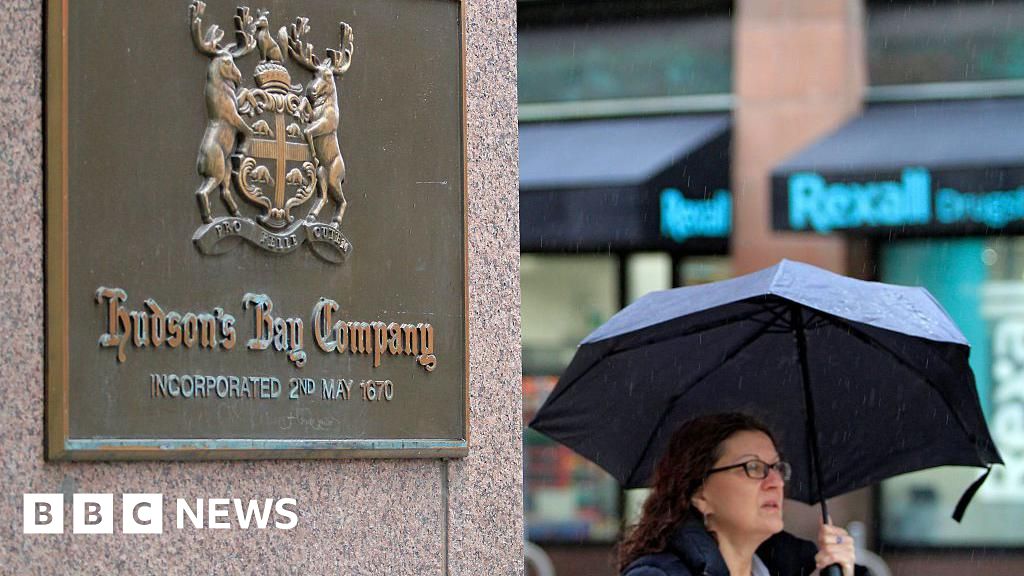Climate action is not only urgent for our future on the planet–it’s also becoming a license to operate and a prerequisite for strategic success. As governments strive to step up their climate commitments, climate disclosure is moving from purely environmental to financial regulation–and for good reason. People care about sustainability: 71% of job applicants screen for sustainability when choosing employers, and companies with strong environmental, social, and governance (ESG) scores yield higher-than-average market returns, profitability, and dividends.
So, despite current economic headwinds, business leaders want to move ahead with climate action. That’s very good news, because we have a lot of work ahead in order to cut global emissions in half by 2030 and reach net zero by 2050. Right now, we are on track for an 11% increase in emissions by 2030 and a 2.5°C rise in global temperatures by 2100, an outcome that would challenge all life on Earth. Our children and our grandchildren would feel the impact.
With only seven years left to tip the scales in our favor, we need big wins, fast. Buildings are responsible for nearly 40% of global energy emissions–and the gap between climate goals and actual building emissions is growing. However, that colossal share of emissions also means that if we could close that gap and steward the building sector toward net zero, we could bring about a massive win, exactly the reversal of fortune this planet needs.
Is it possible? Yes, if we can rapidly scale up two net-zero game changers: smart buildings and a new net-zero financing paradigm.
The smart building trifecta
The first and most fundamental step in reaching net zero is simply to upgrade equipment to make it energy-efficient, which yields double-digit energy savings. The International Energy Agency (IEA) calls energy efficiency “the first fuel” for good reason: it’s the fuel you don’t have to use.
The second step is to replace the use of gas and oil in buildings with electrification. What is often overlooked is that given the stunning improvements in energy efficiency in recent years, electrification doesn’t just lower emissions, it also nets another 30-40% in energy savings.
Electric heat pumps offer a robust illustration of that energy-and-emissions double win. Heat pumps consume a third of the energy used in conventional heating. They run on electricity, and instead of burning oil or gas, they transfer and magnify the heat from renewable sources like seawater, earth, and air, and even use thermal waste from other heating or cooling processes. A heat pump using waste heat doesn’t just save energy, it multiplies it! If the electricity used to run it is also from renewables, you get zero-emission heating. The IEA says heat pumps could replace 80% of gas used to heat buildings around the world. Simply replacing oil and gas with heat pumps presents an enormous global opportunity for energy and cost savings, energy security, and decarbonization. That is why they are so high on the EU’s agenda, and why new incentives from the federal government in Washington are also aimed at boosting heat pump development and deployment.
Systemic digitalization is the third game changer. It multiplies the energy, emissions, and cost savings from building-wide electrification. Today, you can connect an entire building digitally, breaking down equipment and system siloes, and fine-tuning the building as a whole. Using edge computing, cloud connectivity, and A.I., you can monitor, measure, and manage one building or 1,000, creating operational synergies that save more energy and emissions than ever possible before.
In fact, that trifecta is creating an entirely new class of smart buildings, the “net energy-positive” building. If you are in Norway, it’s worth a visit to Powerhouse Brattørkaia in Trondheim, the most net energy-positive building in the northern hemisphere. Fitted with hyper-efficient equipment and systemic digitalization, it only uses half of the energy it generates, and feeds the surplus to neighborhood buildings and electric vehicles, to help the wider community move on its carbon reduction goals faster.
The net-zero financing paradigm
Naturally, a lot of critical public discourse centers on the affordability of net-zero technology. Upfront capital costs are a concern, and though the technology may be ready to scale, most companies are wrestling with economic challenges.
Capital constraints are not going to ease up anytime soon. We must rethink how we do business. “Net zero as a service” is proving to be an effective new financing paradigm that removes the capital barrier. It follows the basic logic of a consumer smartphone contract–building owners can start the net zero journey with no money upfront.
Through this financing model, businesses can fund decarbonization through energy savings. In fact, the energy savings are so significant that many businesses are able to recoup funds above and beyond project costs, which they can either invest in additional climate action or use to grow their businesses.
We are working on a major school district project that will yield $1 million a year in energy savings, above project costs, for at least 20 years. The district plans to use that money to improve the learning environment, which is a lot better than wasting it on inefficient fossil fuels. If every business did that, imagine the impact on economic growth globally, not to mention the climate.
Building digitalization can also ignite core business development. Hospitals can use building sensors to detect germs in the air, enhancing patient wellness–their core mission and strategy. Stadiums can use digitalization and sustainability improvements to enhance the visitor experience, cut long lines with better crowd management, and even sell food. And the list goes on.
It’s no secret to real estate leaders that the time is coming very soon when you will not be able to rent out or sell buildings that are not sustainable. With legislation in many countries moving in the direction of sustainable building quotas both for retrofits and new buildings, and public expectations changing fast, sustainable buildings are already attracting higher rents and resale values, and fueling thriving communities.
The next seven years could change our lives forever. With technology and financing, buildings could even reach net zero by 2040–10 years ahead of the Paris Agreement’s final deadline for keeping global warming to 1.5 degrees Celsius. I know many organizations that are already on the path to net zero, some by 2030, some aspiring to reach that goal as early as 2025.
Building technology is not rocket science–it’s available here and now, proven, and ready to scale.
George R. Oliver is the chairman and CEO of Johnson Controls.
The opinions expressed in Fortune.com commentary pieces are solely the views of their authors and do not necessarily reflect the opinions and beliefs of Fortune.
More must-read commentary published by Fortune:
Credit: Source link











